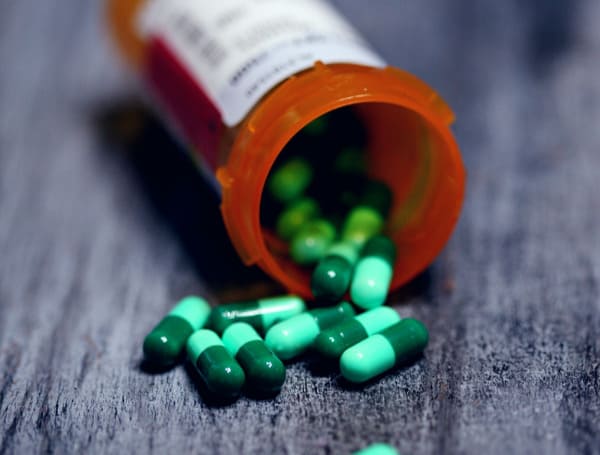Bottle Of Medicine (Unsplash) A $344 million National Institutes of Health (NIH) initiative aimed at reducing opioid overdose deaths has failed to
A $344 million National Institutes of Health (NIH) initiative aimed at reducing opioid overdose deaths has failed to yield significant results.
The HEALing Communities Study, funded by congressional appropriations in 2017 for drug abuse research, focused on rapidly deploying evidence-based practices in communities hardest hit by the opioid epidemic.
Participating communities received intervention strategies, including increased distribution of naloxone and enhanced access to medication for opioid use disorder (MOUD), between January 2020 and June 2022. Comparisons in opioid-related deaths between the intervention and control groups began in July 2021, as stated in a National Institute on Drug Abuse press release.
Read: Trump’s Bid For Lift Of New York Gag Order Shot Down By Top Court
“This study brought researchers, providers, and communities together to break down barriers and promote the use of evidence-based strategies that we know are effective, including medications for opioid use disorder and naloxone,” said NIDA director, Nora D. Volkow, M.D. “Yet, particularly in the era of fentanyl and its increased mixture with psychostimulant drugs, it’s clear we need to continue developing new tools and approaches for addressing the overdose crisis. Ongoing analyses of the rich data from this study will be critical to guiding our efforts in the future.”
Despite successful implementation of these interventions in participating communities, the study found no statistically significant difference in the overall rate of opioid-involved overdose deaths between the intervention and control groups between July 2021 and June 2022.
The intervention group saw 47.2 opioid-related overdose deaths per 100,000 people, compared to 51.7 in the control group.
The findings, while disheartening, highlight the complexity of the opioid crisis and the need for continued research and innovative approaches. While the HEALing Communities Study did not achieve its primary goal, it provided valuable insights into the implementation of evidence-based practices and the challenges of reducing overdose deaths in real-world settings.
Read: Florida House, Senate Leaders To Tap ‘Rainy Day’ Money To Save 200 Jobs After DeSantis Veto
“Even in the face of a global pandemic and worsening overdose crisis, the HEALing Communities Study was able to support the implementation of hundreds of strategies that we know save lives,” said Redonna Chandler, Ph.D., director of the HEALing Communities Study at NIDA. “This is an incredible feat for implementation science, and shows that when we provide communities with an infrastructure to make data-driven decisions, they are able to effectively implement evidence-based practices based on their unique needs.”
Help support the Tampa Free Press by making any small donation by clicking here.
Android Users, Click To Download The Tampa Free Press App And Never Miss A Story. Follow Us On Facebook and Twitter. Sign up for our free newsletter.

